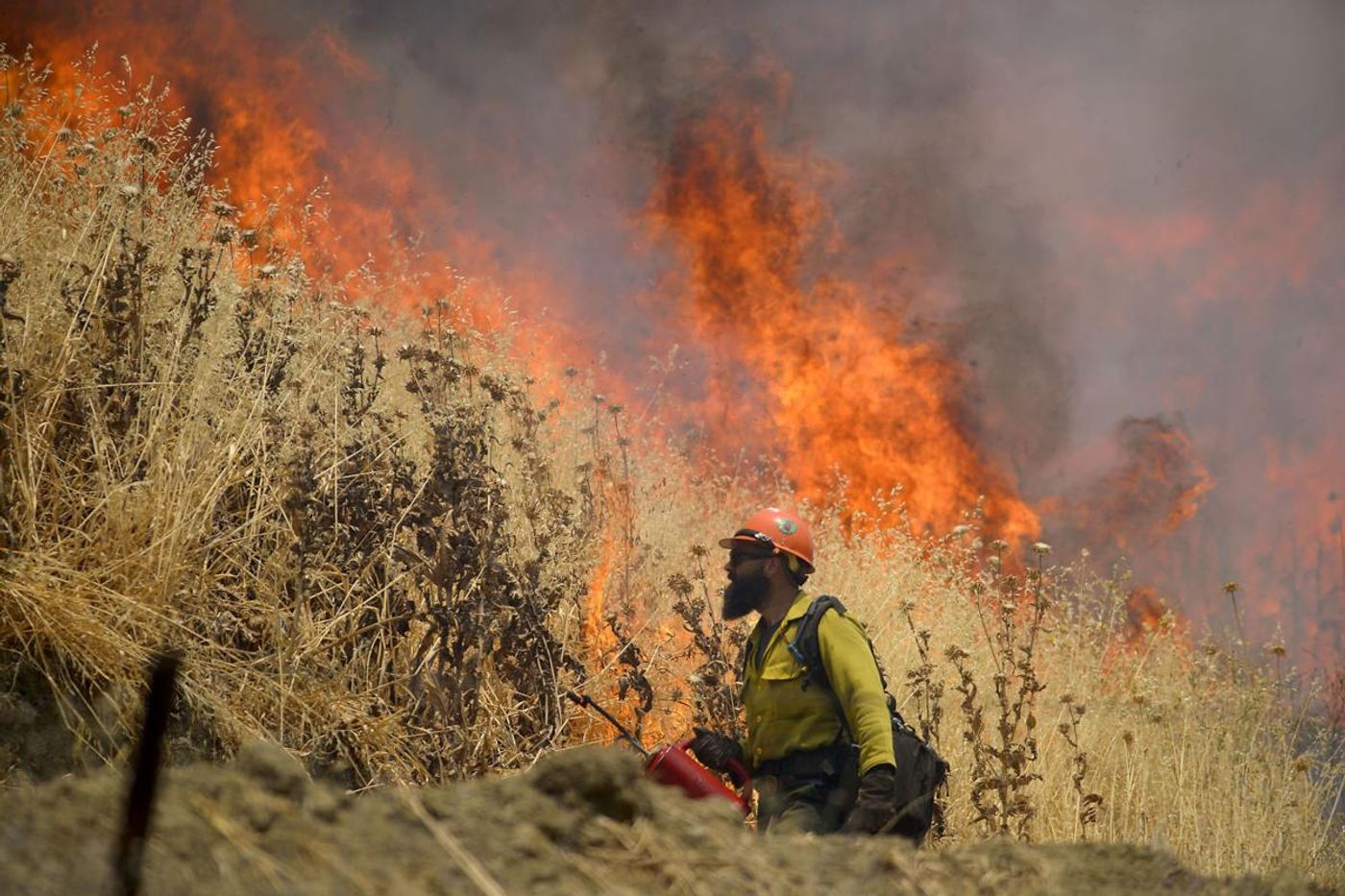Wildfire rips through CA, charging up for the start of fire season
The 2017 California wildfire season was the most destructive wildfire season on record, and yet judging from the start of the 2018 wildfire season, this year is gearing up to be just as destructive if not more-so for California. The current flames that are holding an area 45 miles northwest of Sacramento hostage have been dubbed the County Fire and though the region is quite rural and far from more densely populated areas, an estimated 1,000 homes are thought to be at risk.
Burning since Saturday, the fire has brought more than 3,400 firefighters out to help; even so, it was only approximately 30% contained as of yesterday and has burned 86,000 acres. The firefighting teams are battling a myriad of obstacles: strong wind gusts, difficult terrain, dry vegetation, and hot temperatures. The high temperatures are of particular concern, as they could stoke the fire.
“The fire burned throughout the night with little recovery from the relative humidity,” the California Department of Forestry and Fire Protection stated on its website. “The weather will become hotter and drier into the weekend and fire growth potential remains high,” Cal Fire said.
As you’ve likely noticed, California isn’t the only state experiencing high temperatures this week. Many other parts of the United States and Canada also dealt with extreme heat waves this week, and though temperatures are expected to mellow in the East today and tomorrow, the West is likely to stay hot for the weekend. The Rockies may experience some lightning storms, but this, too, sparks the fear of new fires breaking out. Furthermore, heavy downpours could result in flash flooding over newly burned land, says federal wildfire website InciWeb.
Since January 1 of this year, fires across the US have burned through nearly 2.5 million acres; according to the National Interagency Fire Center, that’s higher than the average of roughly 2.3 million acres for the same period over the last 10 years. To help manage these natural disasters, FEMA has authorized federal funds to pay up to 75% of firefighting costs for three wildfires burning in Colorado and one in Utah.
In addition, the authorities are encouraging people to take precaution. Reuters reports that for the Lake Christine fire near Aspen, “The sheriff’s office sent out a tweet in Spanish, telling illegal immigrants fleeing the flames not to fear going to evacuation shelters. Rumors that agents from U.S. Immigration and Customs Enforcement were waiting for them outside the centers are ‘completely false’.”
To see an interactive map about California’s wildfires, visit here.









